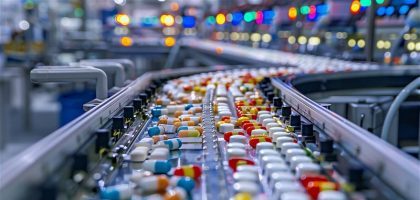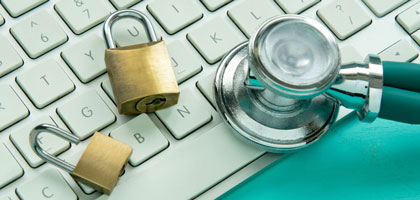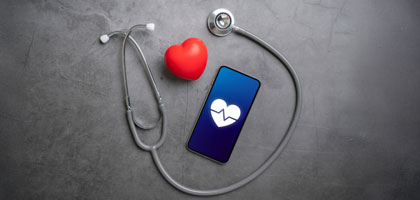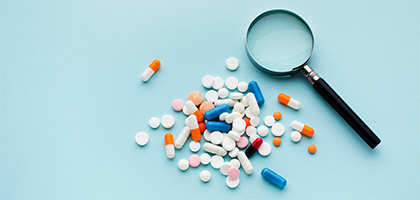
Insights
What is Pharmacovigilance and Its Importance?
VigiBase, the global database developed by the World Health Organization (WHO), has recorded 23 million adverse drug reactions (ADRs) between 2010 and 2019; among 3,250,967 of these records, 43,685 were associated with fatality. This highlights the critical importance of pharmacovigilance because ADRs are estimated to be between the fourth and sixth most common cause of death globally.
In this blog, we answer ‘What is pharmacovigilance?’ and explore its vital role in safeguarding patient safety and public health.
What is Pharmacovigilance?
Pharmaceutical products from drugs to vaccines are crucial for the prevention of diseases and treating medical conditions. Although they offer various benefits, they might have side effects and adverse reactions. According to the WHO, pharmacovigilance is the science and activities related to detecting, assessing, understanding, and preventing adverse drug reactions and any other pharmaceutical-related problems. In other words, this term reflects the practice of monitoring the safety of medicines after they have been approved for use to ensure that their benefits outweigh any potential risks.
All pharmaceuticals must pass strict safety and efficacy testing through clinical trials before being authorized for use. However, the clinical trial process has significant limitations such as small, selected populations and short trial periods. The limited scope prevents a comprehensive understanding of all potential adverse effects, especially rare reactions. This underscores the critical necessity of pharmacovigilance.
Pharmacovigilance mainly protects patients from harmful effects of medicines and vaccines. Also, it supports the safe use of pharmaceuticals and provides critical information for regulatory decision-making.
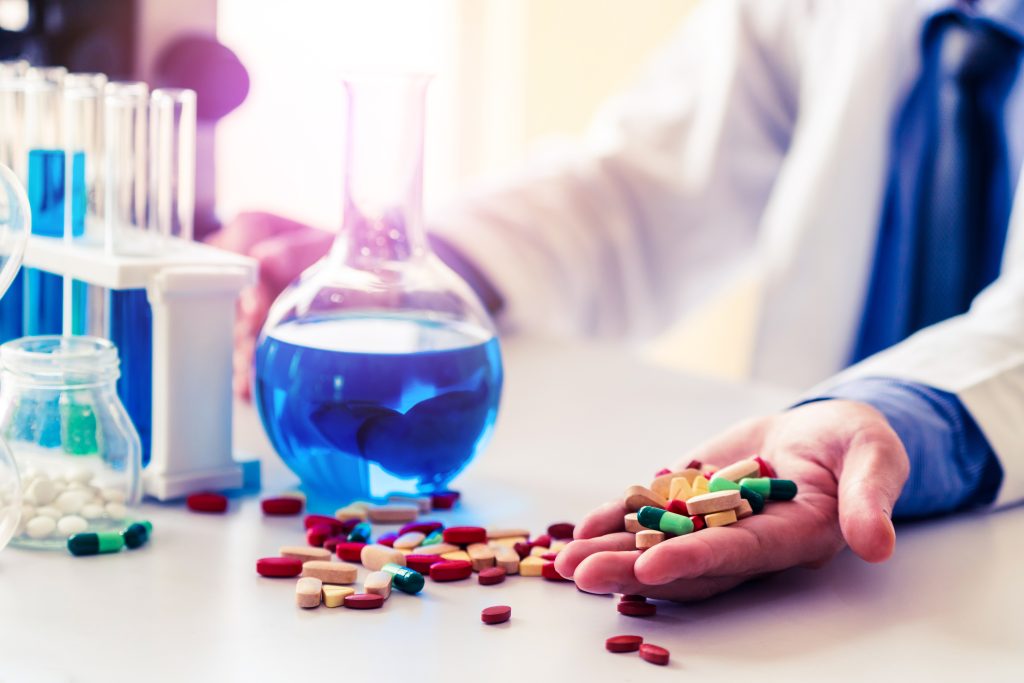
What are the Key Applications of Pharmacovigilance?
Before answering the question of ‘Why is pharmacovigilance important?’, it is essential to explain its key applications. These applications mainly focus on the safety and effectiveness of medicines and vaccines through their entire lifecycle:
- Detection of Adverse Drug Reactions: Pharmacovigilance includes collecting and analyzing reports of unexpected or harmful reactions associated with drug use. Through this practice, rare or long-term side effects that may not appear during clinical trials can be identified.
- Risk Assessment and Management: Once adverse reactions are detected, the practice supports risk assessment and management. Pharmacovigilance experts evaluate the frequency and severity of reported effects and reactions. After that, they implement risk minimization measures like updating prescribing guidelines, issuing warnings, or adjusting recommended dosages.
- Regulatory Compliance: As part of this practice, pharmaceutical companies submit regular safety reports to authorities like the U.S. Food and Drug Administration (FDA) and European Medicines Agency (EMA). These reports contribute to drug safety monitoring and informed decision-making about approvals, labeling, and restrictions.
- Signal Detection: Signal detection in pharmacovigilance is the use of statistical and data-mining tools to identify new safety signals from large databases like VigiBase. This application helps detect early signals of adverse effects before they become widespread, supporting preventive healthcare.
- Postmarketing Surveillance: This application monitors real-world drug use after approval. It captures effects not visible in clinical trials and provides a broader understanding of drug safety in diverse patient populations. This practice plays a vital role in safeguarding patients as new medicines and vaccines enter the market.
- Supporting Clinical and Epidemiological Research: Pharmacovigilance provides data for studies on drug safety, interactions, effectiveness, and more. The data contributes to benefit-risk assessment for new medicine applications or label changes.
- Enlightenment: Pharmacovigilance informs relevant stakeholders, from healthcare authorities to patients, about potential risks and safe practices.
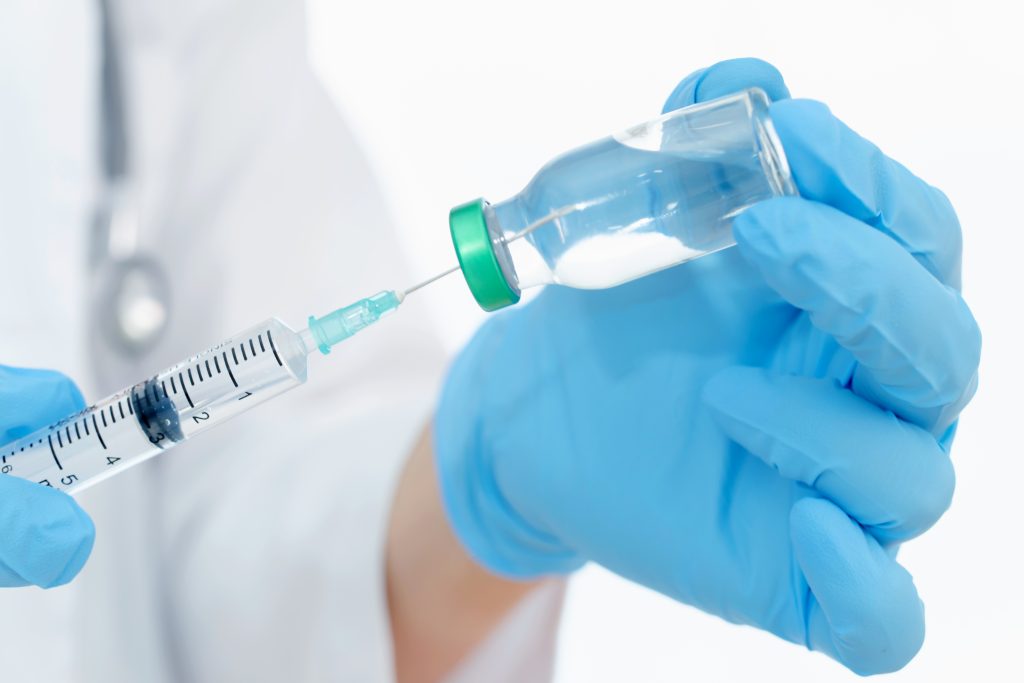
Why is Pharmacovigilance Important?
Pharmacovigilance ensures ongoing monitoring of medications after approval, protecting patients from harmful effects. Furthermore, it enables healthcare authorities to update drug recommendations and make better decisions at population level. This includes timely actions such changing drug labels, restricting use in certain groups, and drug recalls. Thus, pharmacovigilance prevents large-scale health crises caused by unsafe medicines and vaccines.
This practice also builds trust in healthcare systems. Knowing that drug safety is actively monitored increases people’s confidence in using prescribed medicines. Moreover, pharmacovigilance data enhances the understanding of how drugs work in different populations from children to individuals with multiple diseases. This supports the development of personalized medicine and safer pharmaceuticals.
Adverse drug reactions may lead to hospitalizations, prolonged treatments, and legal consequences. Effective pharmacovigilance practice minimizes these costs by avoiding harmful effects. In addition, it reduces the risk of lawsuits, product recalls, and reputational damage for pharmaceutical companies.
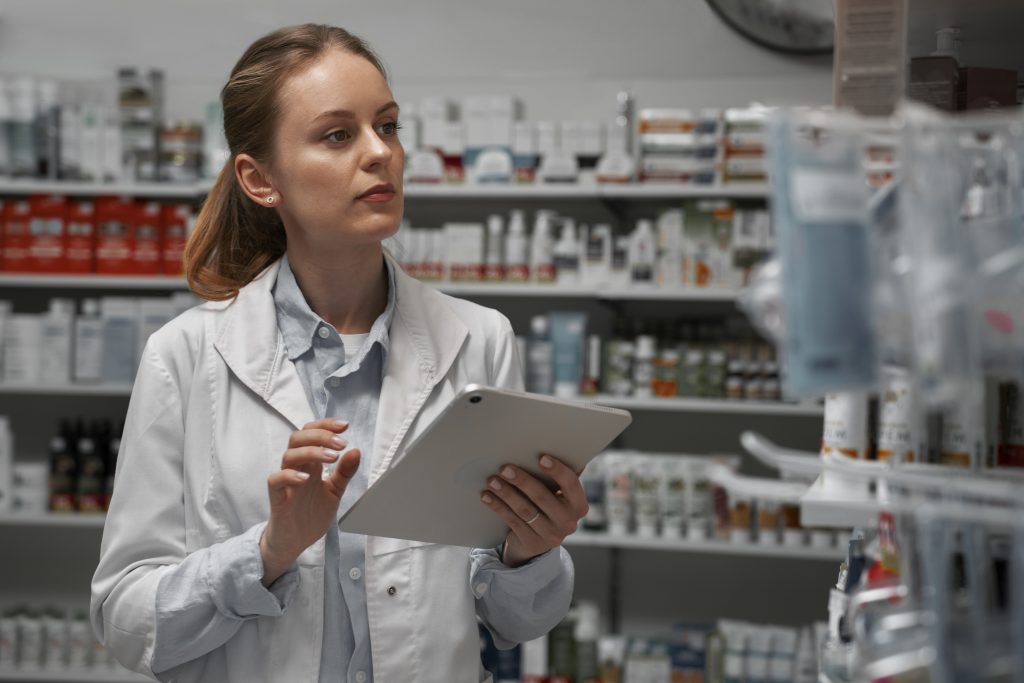
What is the Role of Pharmaceutical Track and Trace Systems in Pharmacovigilance?
Pharmaceutical track and trace systems like our award-winning DrugXafe guarantees the authenticity and safety of medicines as they move through the supply chain. These innovative systems play a supportive role in pharmacovigilance.
Counterfeit and substandard drugs often cause side effects and adverse reactions, and pharmaceutical track and trace systems prevent these drugs from entering the market. By ensuring only authentic pharmaceuticals reach patients, these systems reduce harmful effects experienced by unauthorized or falsified medicines.
These systems efficiently support adverse drug reaction reporting. For example, users can report any reaction or side effect via our DrugXafe Mobile App. These reports contribute to a centralized database, facilitating more rapid identification of potential safety signals by regulatory bodies.
When pharmacovigilance data shows a safety concern like contamination in a batch, these systems enable fast recall of affected products. This minimizes patient exposure to unsafe pharmaceuticals, enhancing overall public health.
Pharmaceutical track and trace systems offer real-time data about where and when drugs are distributed and used. When the data is integrated with pharmacovigilance databases, it becomes possible to correlate adverse drug reaction reports with specific lots or distribution regions. Also, the integration helps detect geographic patterns of drug safety issues and monitor pharmaceuticals in specific populations effectively.
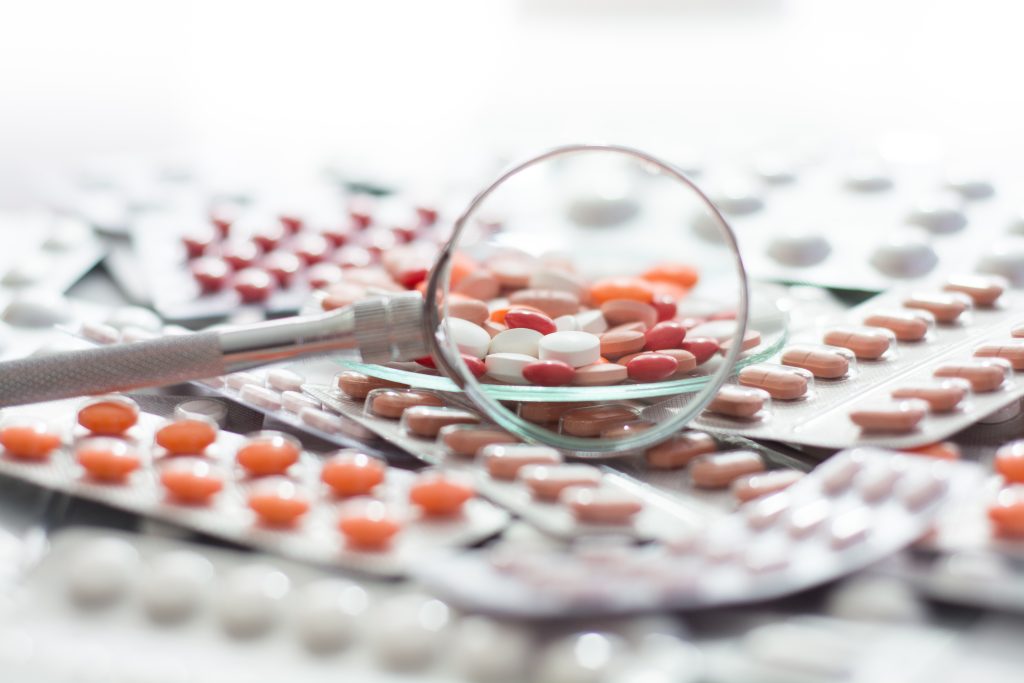
Maintaining Regulatory Compliance
Pharmaceutical companies must comply with strict Good Manufacturing and Distribution Practices (GMP/GDP), guidelines by the FDA and the European Medicines Agency (EMA), and country-specific rules. Even minor errors can cause drug recall, heavy fines, or even shutdown of facilities.
As a legal requirement, compliance protects personal health and ensures continued market access. With proper quality control, companies can prevent supply chain disruptions, damaged reputation, and high costs.
Conclusion
Pharmacovigilance is crucial to protect patients and promote safe drug use. Without it, the risks of medicines and vaccines may remain undetected until they cause serious harm.
Complementing pharmacovigilance, pharmaceutical track and trace systems make every step of a drug’s journey visible and verifiable. This accelerates the detection of adverse effects and safety issues, increasing the responsiveness of pharmacovigilance services. Hence, acknowledging the role of pharmaceutical track and trace systems is essential for transforming pharmaceutical data into actionable insights effectively.
Let’s shape the future together with drug safety!


